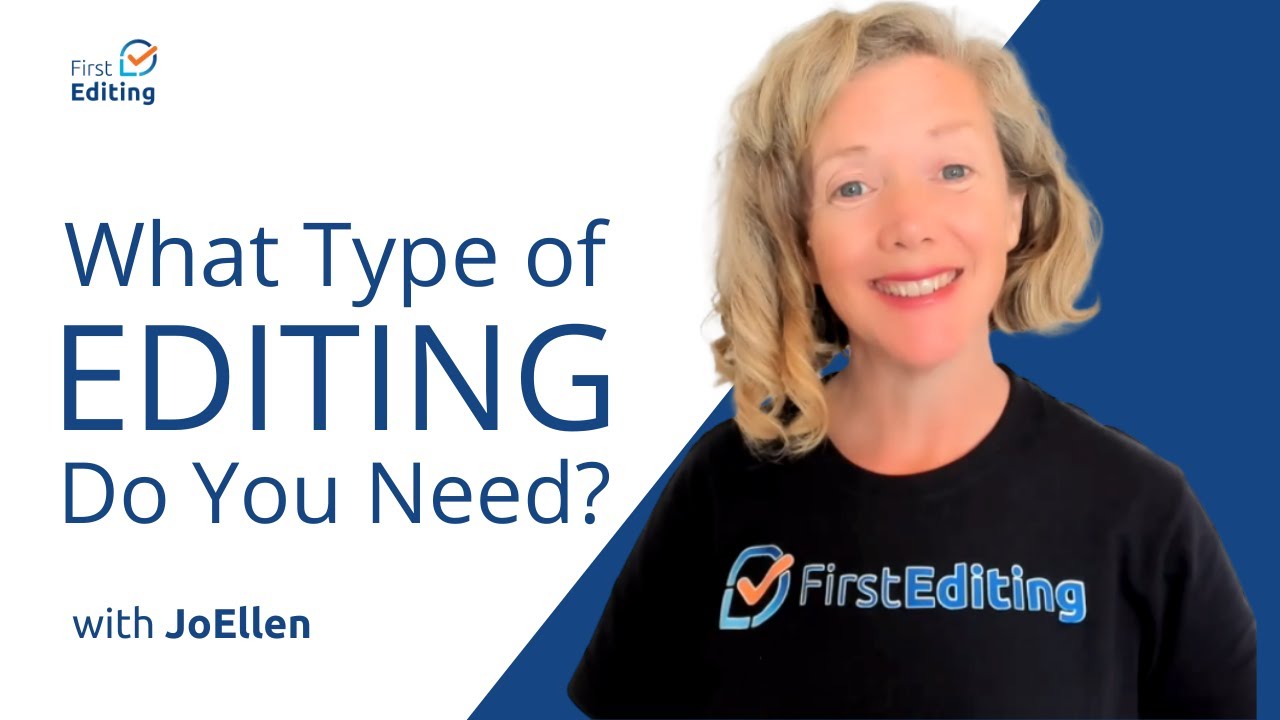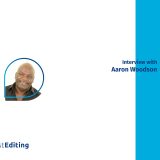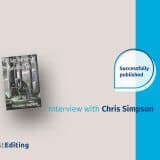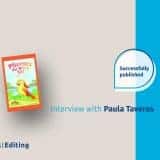

So you want to write a book.
Kudos to you! A book is one of those projects whose complexity inspires a great deal of creativity while also challenging you at the same time.
By the end of it, you’ll have boosted your craft to new heights.
But every process has a beginning, a compilation of the first few steps that trigger an avalanche of progress – and a book outline is yours.
Today, we’ll have a look at why you need a book outline, what’s the best way to write it, and which examples you can follow to get as much value out of your outline as possible.
Let’s dive right in!
Why You Need a Book Outline
They say there are two types of writers – plotters (who always use an outline) and pantsers (who go with the flow of the story).
And while it can be incredibly freeing to give yourself some space for improvisation, there are some major cons to having no outline:
- You’re more likely to give up in the middle of writing your book because each new chapter is a problem that needs solving
- It’s easy to get overwhelmed and stressed out when you don’t know where the story is going
- There’s not much space for foreshadowing and creating mind-bending plot twists
- You might have to rewrite most of your draft as you’re slowly discovering the story yourself
Given all these hurdles that come with freestyling, outlining your book before you begin the project is the most effective way forward.
RELATED READ: Tips For Outlining a Novel
3 Crucial Elements of a Book Outline
Your creative process is entirely up to you. While some writers plan out all their scenes in Scrivener, others scribble a rambling summary on a piece of paper they carry in their back pocket.
There’s really no way to get it wrong.
That being said, an amazing book outline should ideally contain:
- A narrative structure that splits your plot into sections (for example, you can use the basic three-act structure or the eight-sequence structure used in filmmaking)
- A summary of your main characters’ personalities, wants, and needs (careful – what a character wants isn’t necessarily what they need. For instance, a character might think that living in a secluded hut in the woods will bring them happiness, when it’s really a sense of belonging that will ultimately make them thrive)
- Enough space to change things up (outlines can change as your process ebbs and flows, so don’t stick to them too rigidly)
What’s more, a great book outline also explains the story’s main message. This serves as a helpful point of reference if you ever get lost during writing. All you need to do is remind yourself of the book’s primary meaning.
Examples of Book Outlining
Book outlines come in all shapes and sizes, from a meticulous 50-page Word Document to a mind map that stretches across your whole living room wall.
The best way to figure out our own outlining method? Trial and error.
Here are just a few ideas to get you started:
Use index cards. This method allows for freedom of movement, so you can easily swap out chapters and connect different plot points.
Draw one big mind map. Outlines don’t have to be chronological – as long as you feel confident in where the story’s going, you’re good to go!
Use technology to your advantage. Apps like Scrivener directly link your outline to the scenes you’re writing, while Popplet lets you create aesthetically pleasing mind maps on your laptop.
Try good old Post-It notes and a blank wall. This works similarly to index cards – you get to move things around and see a physical and visual representation of your plot.
…or come up with your own method! Andrew Meehan, author and lecturer at the University of Strathclyde in Glasgow, outlines his novels on one piece of paper split into eight sections.
And J. K. Rowling’s method is also quite unique:

Picture from: Daily Mail
How to Write a Great Book Outline: 4 Tips
Before we part for today, we have some final tips to give you:
Look beyond the plot. As you’re outlining what happens in each chapter or sequence of the story, keep character development in mind. How has your character changed between two different events? And how have their relationships with others evolved?
We recommend you create a sub-outline that details the psychological nuances happening in the background. This way, you’ll have a very firm grasp on who your character is and how the plot affects them.
Remain flexible. Outlines are important because they show you the way; however, they can also change depending on the needs of the story. As your book evolves, your characters will evolve with it, and it’s completely normal for them to take the story in a new direction.
Plan your best plot twists as part of the outline and fill in foreshadowing where you see fit. This is one of the best perks of having an outline – it gives you the necessary distance to create mind-blowing twists and turns that’ll keep the reader at the edge of their seat.
Don’t be afraid to ask for help. At FirstEditing, we outline each chapter for you, helping you navigate the process better and providing you with a well-formatted outline to offer your agent or publisher.
RELATED READ: Is There a Formula for Writing Fiction?
Conclusion
And that’s your book outline done! The next step?
Write. And write. And then write some more.
Oh, and before you go, here’s one last piece of advice: don’t let your book outline stand in the way of your creativity.
If you want to get to know your characters through writing certain scenes, do it. If your world-building only comes alive when you’re in the midst of writing, do it. You can write before you outline. Just make sure to put it all down before you’re too far into the novel.
An outline is a tool. And a tool is only as effective as the person wielding it. The extent to which you use it is completely up to you.











